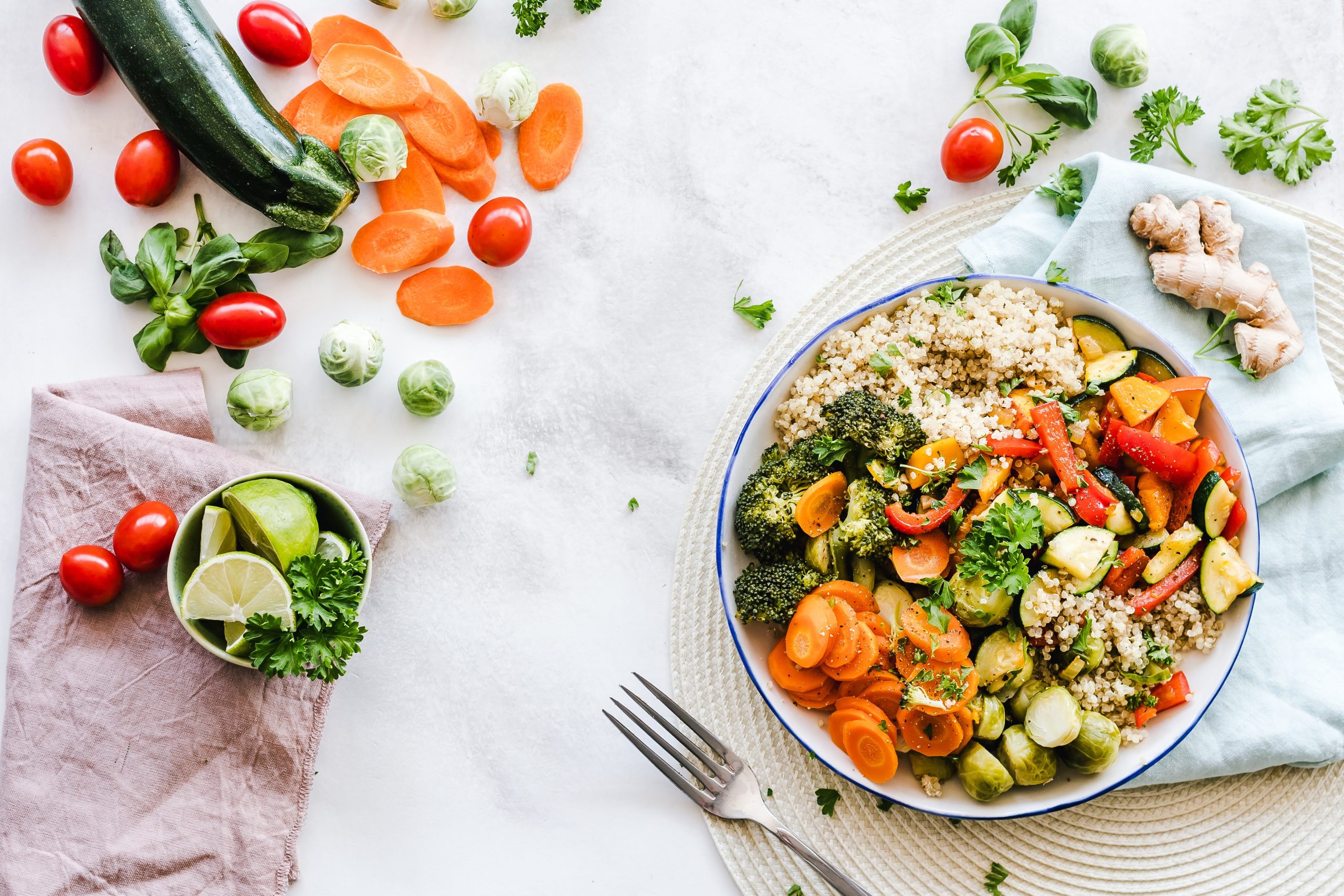You’ve probably noticed that fats have a much better reputation these days.
They used to be the universal scapegoat of the health community—everything from obesity and diabetes to cancer and heart disease was blamed on fat consumption. Now we know that the situation is quite a bit more complex. There’s a huge difference between healthy and unhealthy fats, and telling the difference between them is tricky (even for nutritionists, who are still debating the issue).
Taking the time to understand which fats you should include in your diet is a vital part of maintaining optimal health, though. Healthy fats are highly beneficial, thanks in large part to their powerful anti-inflammatory activity.
And since chronic inflammation is strongly linked to the incidence of nearly every disease, choosing the fats that keep it in check is always wise. So let’s dive a little deeper into the dos and don’ts of fat consumption.
Decades ago, saturation was considered the measure of unhealthiness—the more saturated the fat, the more unhealthy it was considered.
The fat debate
If you’ve followed the rising and falling trends around fat consumption, you may have found it to be a rather tedious and confusing process.
Decades ago, saturation was considered the measure of unhealthiness—the more saturated the fat, the more unhealthy it was considered. But modern research has contradicted this overly simplistic nutrition paradigm by showing that saturated fats like olive oil, macadamia nut oil, and coconut oil provide exceptional health benefits (and even combat the same conditions for which saturated fats have been blamed).
Bolstered by this research (and a rising anti-carbohydrate movement), opinion swayed to the opposite end of the spectrum, becoming obsessed with Paleo, Atkins, and other high-fat diets.
Saturated fats became almost universally healthy (even bacon, butter, and other questionable animal products). Polyunsaturated fats were looked upon skeptically, largely because of the ease with which they can go rancid because of oxidation.
Now the fat-obsessed fads seem to be calming, and opinion around fat consumption is finally finding its center. While there’s still some debate over specific fats and oils, most experts agree that (surprise, surprise) balanced and moderate fat consumption is the healthiest choice.
Here are a few principles that will help you select the most beneficial fats for curbing inflammation. And be sure to check out some other resources on healthy, moderate fat consumption, like this great article from Happy Happy Vegan.
1. Find the right essential fatty acid balance. It turns out that differentiating healthy from unhealthy fat consumption has less to do with arbitrary labels like “saturated” and “unsaturated,” and more with maintaining a proper balance between essential fatty acids (EFA’s). The two types of EFA’s are omega-6’s (which trigger inflammatory response), and omega-3’s (which turn off inflammatory response).
Because inflammation is one of the body’s core defense mechanisms, eating pro-inflammatory omega-6’s is still vitally important—but too many can easily tip the balance toward chronic inflammation and illness. The ideal ratio is 1:1 (as opposed to the average ratio of the American diet, which is between 15:1 and 20:1). For this reason, you’ll want to steer clear of corn, soy, canola, and safflower oil whenever possible.
Everyone agrees that trans (hydrogenated) fats are
terrible for you
2. Avoid trans fats and processed oils. Despite differences in opinion over the healthfulness of different types of fats, one thing about which everyone agrees on is that trans (hydrogenated) fats are terrible for you. Many studies have demonstrated that they adversely affect cardiovascular health,[1] and that they encourage an inflammatory cascade in the body that quickly escalates into chronic inflammation.
The rule of thumb at work here is to avoid all heavily processed oils (hydrogenated fats aren’t found anywhere in nature)—your body (rightfully) interprets them as a foreign, potentially toxic agent, and thus responds with massive inflammation.
3. Store oils properly. Some fats, like flaxseed oil (or even raw flax seeds) can be healthy or unhealthy depending on how they’re stored. Most people don’t realize that oils are quite sensitive to light and heat, and become riddled with inflammation-causing free radicals when they begin to oxidize.
Always try to keep your oils refrigerated, and don’t keep any one bottle of oil around for too long. These rules are especially important to follow with oils that have a higher percentage of polyunsaturated fats, which degrade more quickly (and are also more prone to mycotoxin growth).
4. Cook with high-heat oils. Similarly, perfectly healthful oils can become highly inflammatory if they’re used for cooking (because they break down under heat and flood the body with free radicals).
Coconut oil, avocado oil, olive oil, and macadamia oil are your best cooking choices (because of their high smoke point and higher saturated fat content), and you should always avoid vegetable oils (because of their tendency to rancidify and because of their high omega-6 content), as well as flaxseed and walnut oils (which are excellent as long as they’re not heated).
5. Get an anti-inflammatory boost. Some oils have proven to be exceptionally anti-inflammatory in their own right. Integrating coconut oil, flaxseed oil, macadamia nut oil, and olive oil into your diet can have a marked effect. Just remember to take all of the concepts above into consideration (and remember that moderation is key when it comes to fat consumption).
And again, note that these oils contain varying combinations of saturated and unsaturated fats. These labels don’t make an oil inherently healthy or unhealthy—it’s more about the ratio of EFA’s, the way that oils are stored (especially with polyunsaturated oils), and the unique nutritional profile of each oil.
References






